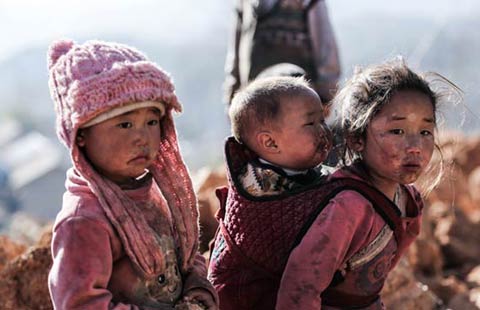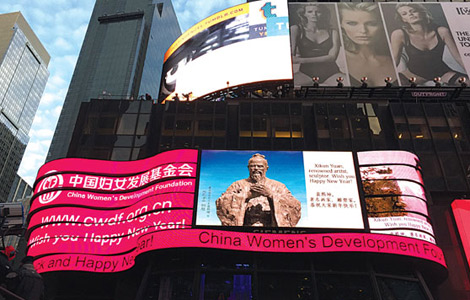Getting a clear picture of Xinjiang
Updated: 2014-12-31 06:53
By Liu Zhihua(China Daily)
|
||||||||
So he published photos of 30 Xinjiang natives with captions on the news website. The package got 25 million hits and 40,000 comments.
"So many people commented that they were afraid of people from Xinjiang until they saw the photo stories," he recalls.
"They realized Xinjiang natives are the same as other Chinese. I felt encouraged and moved."
Kurbanjan first left the autonomous region when he came to Beijing to study in 2006.
"I'd never before felt like a member of the minority, like someone different, because of my appearance and language."
He began looking for work in the capital in 2009. He works in a media company.
"A book is a more impressive and sustainable way to present Xinjiang people's lives and Chinese dreams," he says.
He believes the central government wants all Chinese to live good lives, although some local governments and public-service providers treat Xinjiang natives unfairly, especially since the separatist attack.
The photographer hopes the book will encourage people to work hard to achieve their dreams.
While he expected it to be popular, he's surprised it received attention from top government leaders.
He met Politburo standing-committee member Yu Zhengsheng this month. Yu praised Xinjiang natives' contributions to China's development.
The book has also sparked discussion on Sina Weibo, China's answer to Twitter.
A typical comment reads: "This book reveals the real Xinjiang and real Xinjiang people. I hope society can be free from misunderstanding and prejudice."
- 'Miss Leisure World' candidates play war game
- Metro use drops slightly as new fare hikes kick in
- Record passenger numbers expected for upcoming chunyun
- Children step out of Daliang Mountain
- 1,000 years on, the art of fish hunting is in safe hands
- National Stadium illuminated to greet New Year countdown

 Top 10 happiest cities in China 2014
Top 10 happiest cities in China 2014
 Children step out of Daliang Mountain
Children step out of Daliang Mountain
 New Consul General of China in New York arrives at JFK
New Consul General of China in New York arrives at JFK
 Cooking lunch for Chinese construction workers
Cooking lunch for Chinese construction workers
 Ice scalers embrace stars in all their glory
Ice scalers embrace stars in all their glory
 Missing AirAsia plane maybe at sea bottom
Missing AirAsia plane maybe at sea bottom
 Chinese artists get Times Square spotlight
Chinese artists get Times Square spotlight
 Yearender: Best selling Chinese films in 2014
Yearender: Best selling Chinese films in 2014
Most Viewed
Editor's Picks

|

|

|

|

|

|
Today's Top News
Remote Canadian polar bear town arouses interest from China
Year of cooperation marks US, China relations
Xiaomi's sky-high value also comes with potential obstacles
Bright lights for Chinese artists
Expiration dates on food probed
'New normal' focus for new consul general in NY
Bodies, debris from missing plane pulled from sea
Chinatown rallies to aid slain officer's family
US Weekly

|

|







